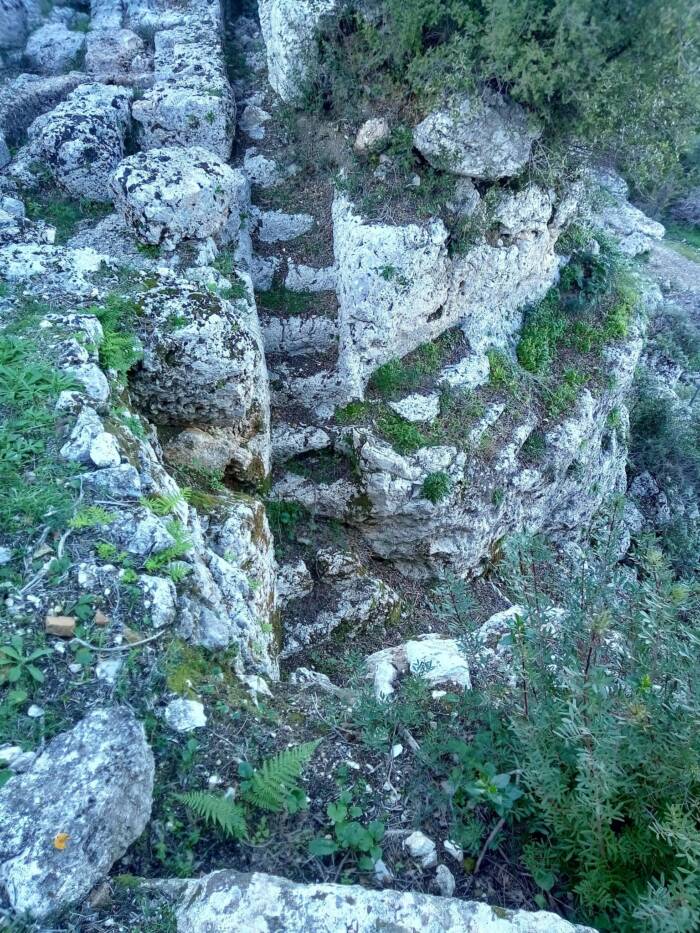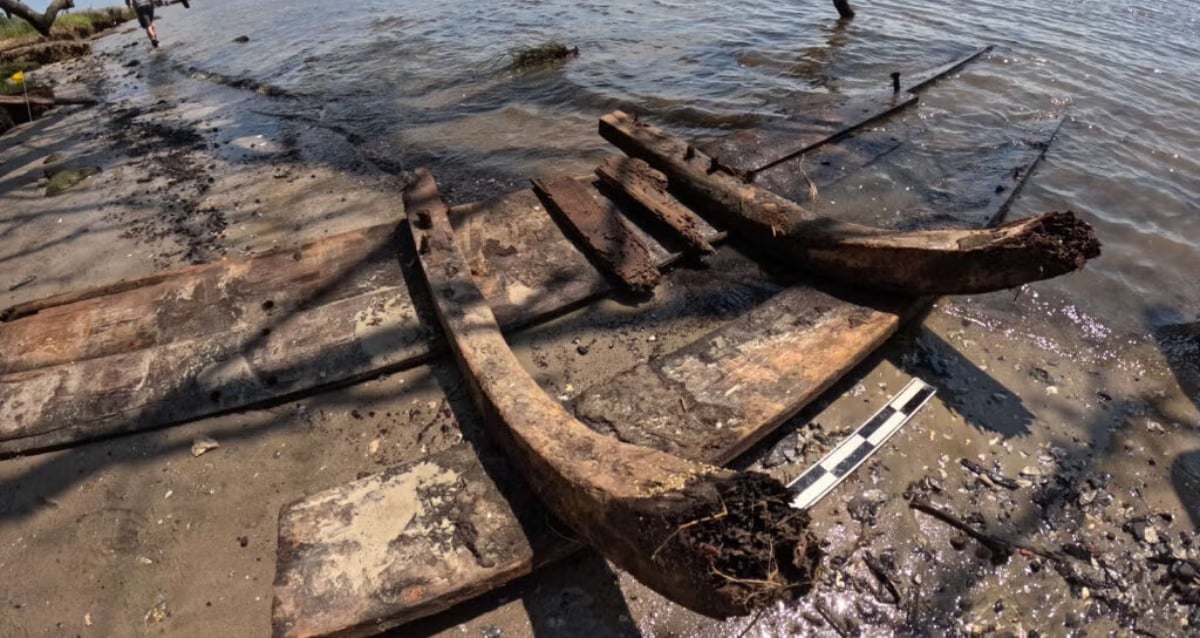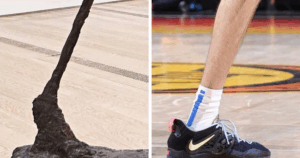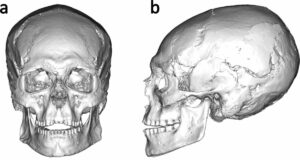Greek Archaeologists Uncover Possible Lost Temple of Odysseus, Sparking Debate Over Legends and History
The Possible Discovery Of The Sanctuary Of Odysseus At The “School Of Homer” Archaeological Site On Ithaca

Greek Ministry of CultureA carved staircase at the School of Homer archaeological site.
Excavations at the so-called “School of Homer” have been ongoing since the 1990s, but have intensified between 2018 and the present. The site is located on the eastern slopes of Exogi in northern Ithaca, particularly notable for its natural springs and a large rock outcropping.
It earned the name “School of Homer” due to its proximity to locations traditionally associated with the stories of Odysseus, made famous in the works of Homer.

Greek Ministry of CultureA bronze statue head, possibly of Odysseus.
Initially, the site had piqued scholarly interest for its Mycenaean-era ruins, including walls, fortifications, a palace-like building, and an underground cistern. While these findings were compelling, it was the more recent discoveries — inscriptions, statues, ritual artifacts, and structural features — that have most expanded experts’ understanding of the site’s historical purpose.

Greek Ministry of CultureThe underground cistern at the supposed Sanctuary of Odysseus.
Dozens of various discoveries reveal how this site was used throughout a number of time periods in antiquity. Flint tools and ceramic fragments from the late fifth millennium B.C.E., for example, represent the earliest evidence of human activity here. The Mycenaean period (from around the 14th to 13th centuries B.C.E.) brought the development of an underground cistern that was likely vital for the management of the local springs.













